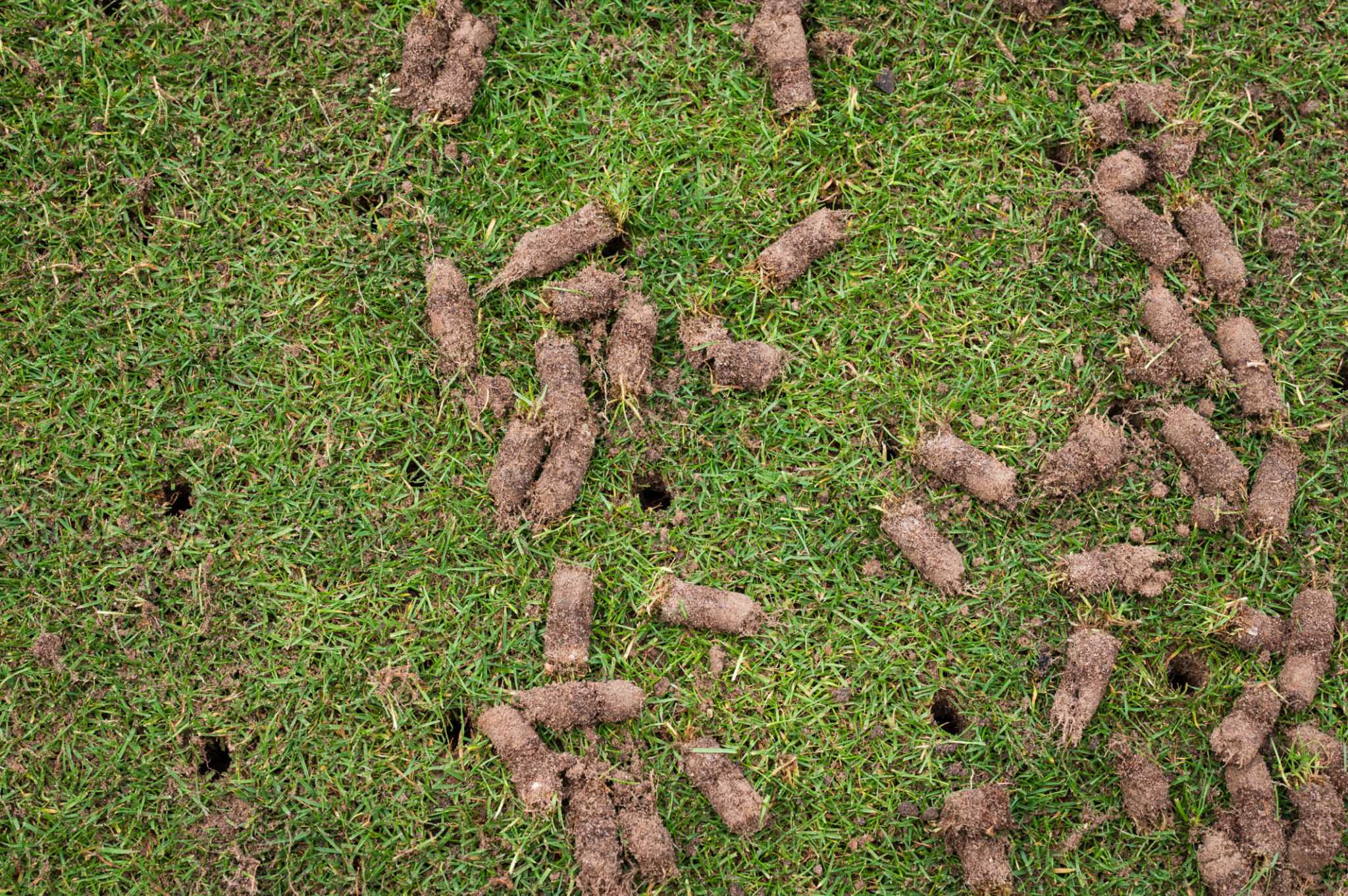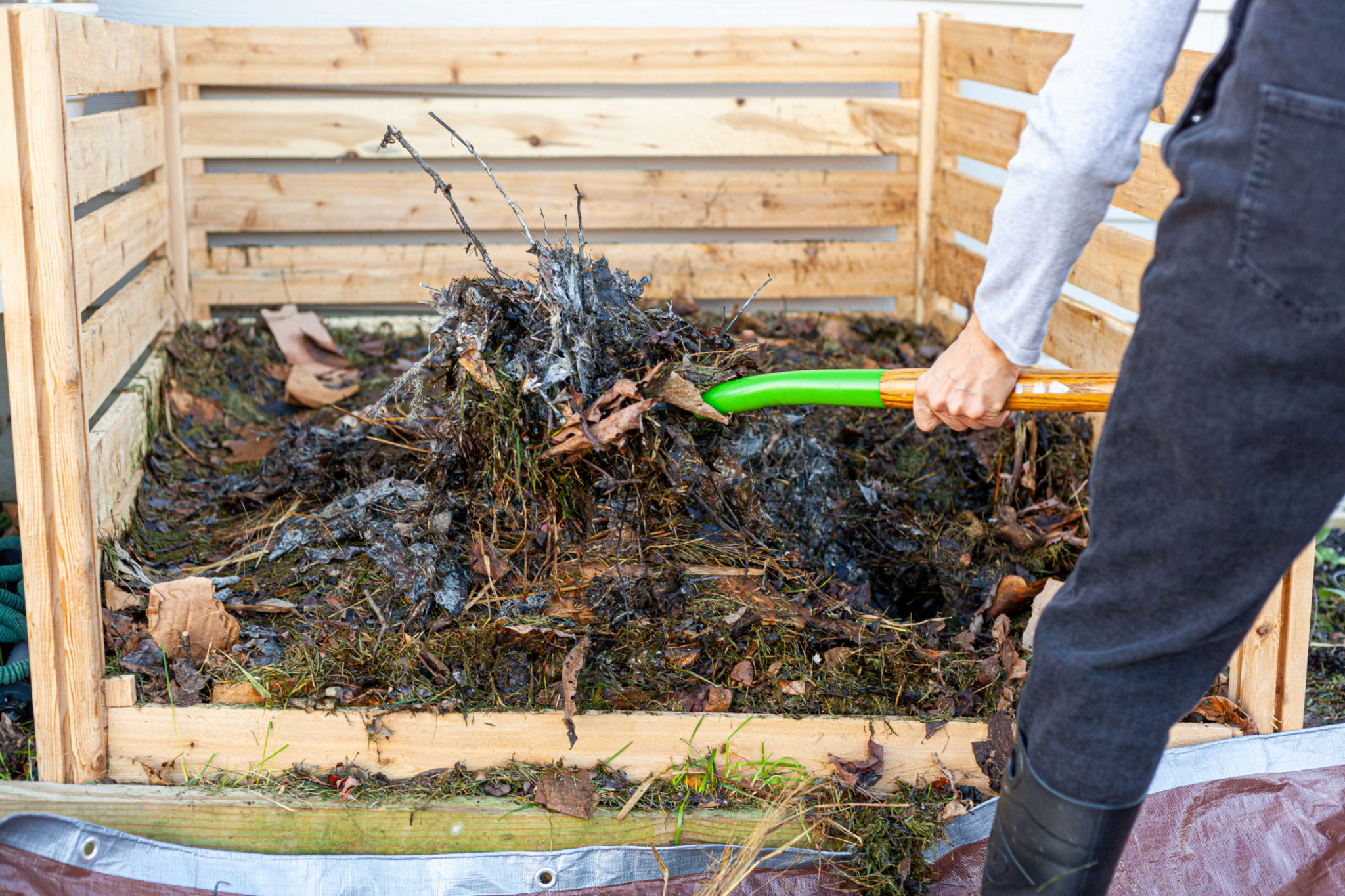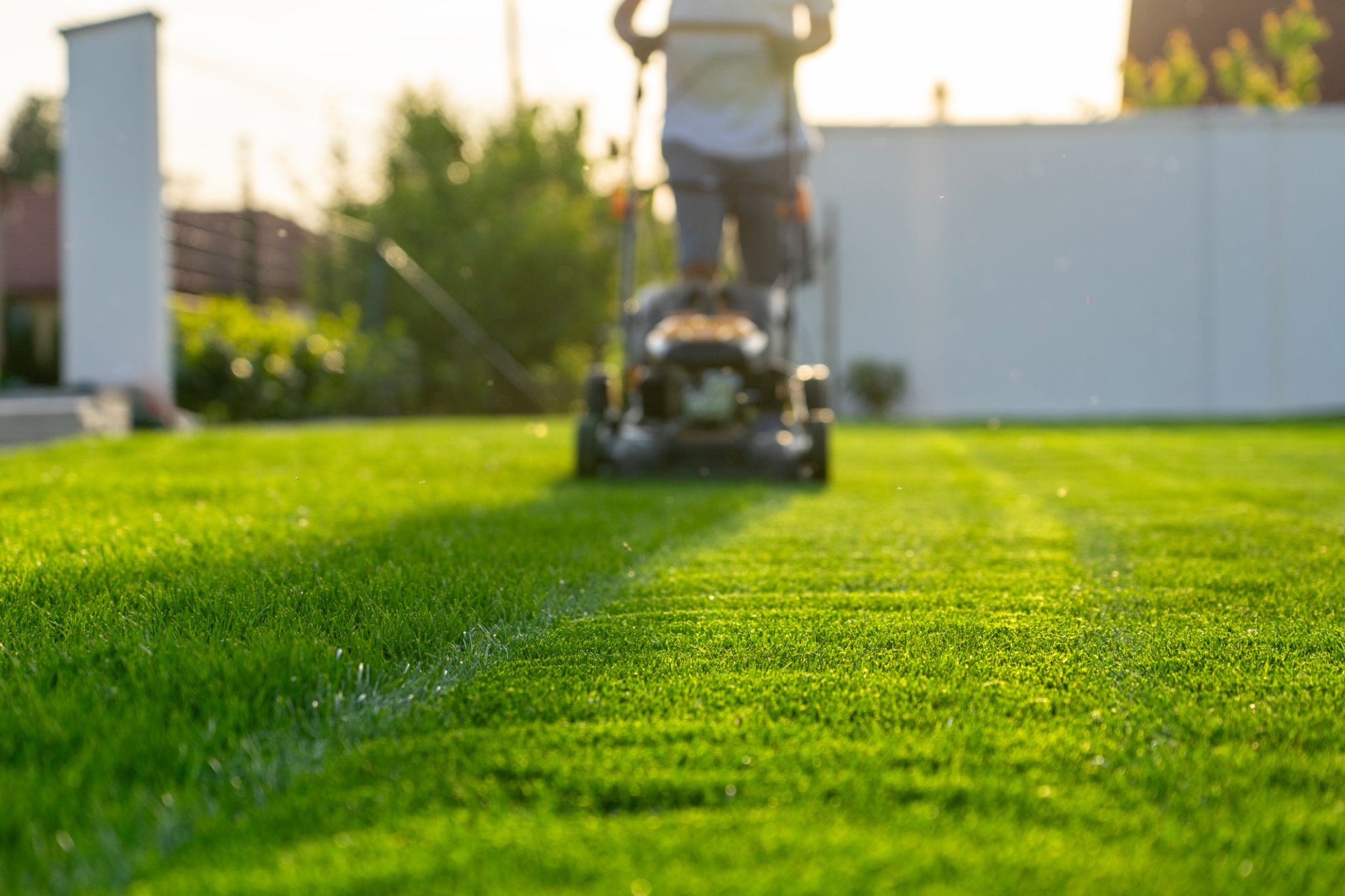Effective Aeration and Composting Techniques for Healthy Lawns
The Importance of Aeration for Lawn Health
A lush, green lawn is often the pride of homeowners, but achieving and maintaining this splendor requires more than just regular watering and mowing. One of the key practices for a thriving lawn is aeration. Aeration involves perforating the soil with small holes to allow air, water, and nutrients to penetrate the grassroots. This process helps roots grow deeply and produce a stronger, more vigorous lawn.
Without proper aeration, your lawn can become compacted, especially in areas with heavy foot traffic or clay-heavy soils. Compaction restricts airflow and water absorption, leading to stunted grass growth. This is why aeration is recommended at least once a year for most lawns, preferably during the growing season when grass can heal quickly.

Methods of Aeration
There are several methods of aerating a lawn, each with its own benefits. The most common are spike aeration and core aeration. Spike aeration uses a tool to poke holes into the ground, while core aeration removes cores or plugs of soil from the lawn. Core aeration is generally more effective as it removes soil, reducing compaction more significantly.
- Spike Aeration: Best for small lawns or lightly compacted areas.
- Core Aeration: Ideal for larger lawns with significant compaction issues.
The Role of Composting in Lawn Care
Composting is another essential technique for maintaining a healthy lawn. It involves decomposing organic matter to create nutrient-rich soil amendments. By applying compost to your lawn, you can improve soil structure, provide essential nutrients, and enhance moisture retention.
Regular composting not only enriches the soil but also promotes beneficial microbial activity that aids in breaking down thatch layers and converting nutrients into forms that are easily absorbed by plants. This natural method reduces the need for chemical fertilizers and fosters a sustainable lawn care routine.

How to Compost Effectively
To create effective compost, balance green materials like grass clippings and kitchen scraps with brown materials such as dried leaves and twigs. Keep the compost pile moist but not soggy, and turn it regularly to introduce oxygen. A well-maintained compost pile can take several months to decompose into usable compost.
- Gather Materials: Collect a mix of green and brown materials.
- Layering: Alternate between layers of green and brown materials.
- Maintain Moisture: Keep the pile damp to encourage decomposition.
- Turn Regularly: Aerate the pile by turning it every few weeks.
Integrating Aeration and Composting
Aeration and composting complement each other beautifully in lawn care. After aerating your lawn, it's an excellent time to apply a layer of compost. The holes from aeration allow compost to be absorbed more readily into the soil, delivering nutrients directly to the roots where they're needed most.

By integrating these two techniques, you improve soil structure and nutrient availability simultaneously, leading to a healthier lawn that can better withstand drought, disease, and pests. Remember that consistency is key; regular aeration and composting will yield the best results over time.
Conclusion: Achieving a Lush Lawn
Effective aeration and composting are powerful tools in your lawn care arsenal. By understanding and implementing these techniques, you can cultivate a robust lawn that not only looks beautiful but also supports a healthy ecosystem. With patience and dedication, you'll enjoy a vibrant outdoor space that's the envy of the neighborhood.